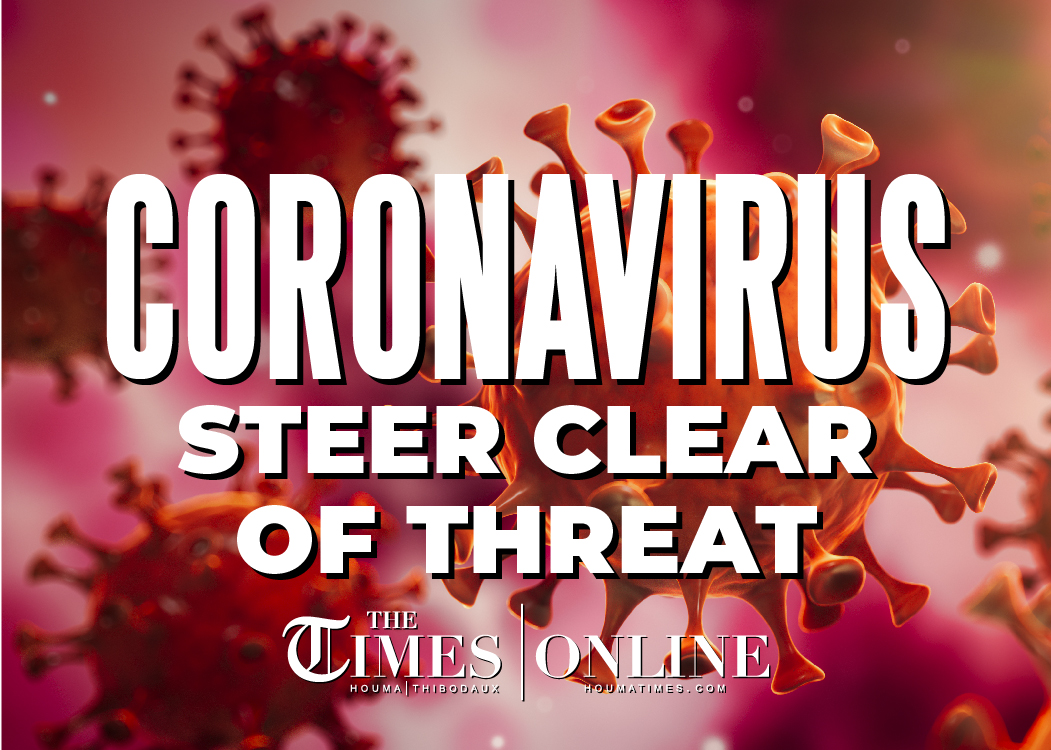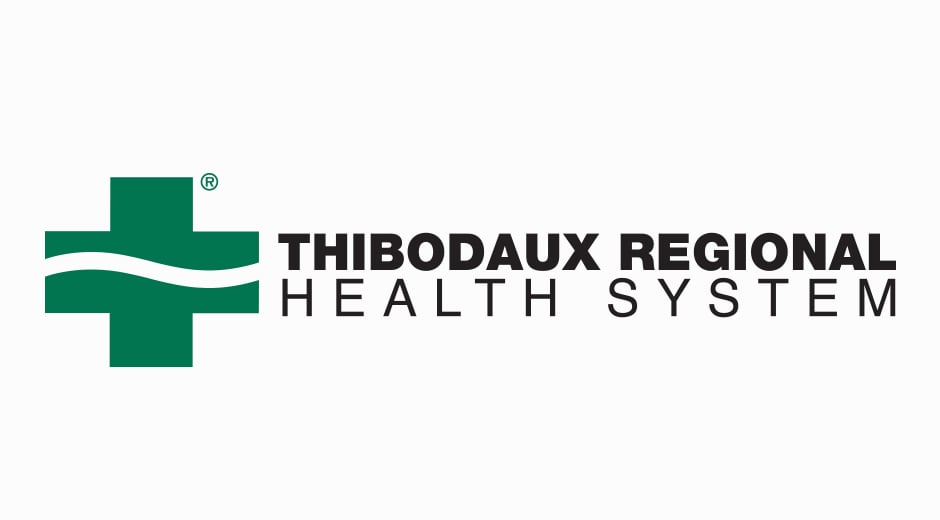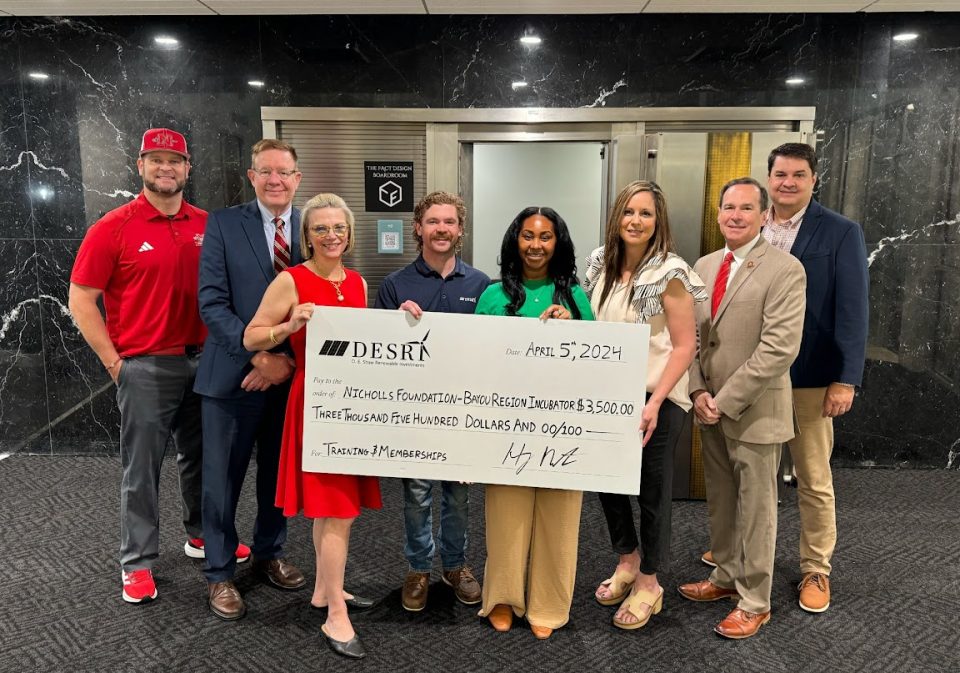
State adds 1,298 new cases to total
August 14, 2020
Thibodaux Regional Provides COVID-19 Testing for Nicholls Athletes
August 14, 2020It’s been over 149 days since students at Nicholls State University packed up their books and moved to remote learning for what would become the remainder of the spring 2020 semester, but who’s counting?
The Nicholls community certainly is.
“It’s been 149 days and 14 hours, if I’m not mistaken,” Nicholls Director of Communications Jerad David said. “[Dr. Jay Clune] had it down. He was definitely missing the students, but we all were, honestly.
Monday marked the first day of the fall 2020 semester for Nicholls students and faculty, ending a hiatus that began in mid-March as the first cases of COVID-19 reached Lafourche Parish.
Now, more than ever, the university is leaning on its commitment to being a “Colonel family” as it adapts to a new campus environment.
“We frequently refer to ourselves as the Nicholls family because we are, and so when you think of family, you want to take care of your family, so I think that has played a role,” David said. “I think people here genuinely care about one another and want to do the right thing.”
David said that he and members of the return-to-campus committee feel satisfied with the way the first week of classes played out.
Under the university’s return-to-campus plan, students and faculty are required to begin each day with a health screening and temperature check. Once the check-in process is completed, students and faculty receive wristbands that indicate they passed requirements and can access any building on campus.
Masks are also required to be worn on campus at all times.
To speed up the check-in process, the university placed signs around campus with QR codes that students can scan to access and answer the health screening online before reaching their checkpoint. Once at the check-in location, they simply need to show the timestamp that confirms they completed it.
For in-person classes, seating is set up to allow for social distancing. Over half of the university’s courses this semester are operating under a HyFlex model, where students participate in both in-person and remote learning on alternating days.
Students are encouraged to maintain a six-foot distance from each other at all times, and gathering places like the cafeteria and student union are also set up to allow for social distancing.
“It seems like we really went through and thought of just about every scenario that may have given a student or faculty member a stumbling block, and we addressed it. There haven’t really been a whole lot of obstacles that students or faculty had to endure this week, other than the fact that we’ve got to wear masks and socially distance and the other things that we’ve had to learn to do in our day-to-day life,” David said.
David said that members of the return-to-campus committee spent the first day of the semester out on campus gathering faculty and student feedback surrounding the daily check-in process.
While David said the feedback was positive, there was still room for adjustments.
For a start, David said the university plans to place even more QR code signs around campus, particularly near parking lots, to help students access the health screening more easily.
The university is also emailing links to the health screening to students to allow for completion from one’s home or dorm.
“On that first day, I think there was…some confusion as to what [students] were supposed to do, so once we told them, ‘Hey, scan this QR code, and it’s going to give you the option to answer those same questions that they’re going to ask you at this checkpoint and make your time to get to class even quicker,’ then everybody was like, ‘Oh, let me scan this QR code,’” David said.
David said he is encouraging students to have more awareness of campus, such as searching for nearby checkpoint locations with shorter lines if the line at a student’s regular entry point to a building is backed up.
In addition, he said the return-to-campus committee quickly realized it needed to adjust the means of indicating that a person has completed the check-in process.
“The first couple of days, there were stickers with the day’s date written on it…They’re falling off, and you see stickers all over the ground, and they just didn’t work. It’s South Louisiana, so the humidity makes them just peel right off,” David said.
David worked with the university’s finance and administration team to make the switch to wristbands. The wristbands are solid colors for now, but within the next two weeks, the university will provide Nicholls-branded bands.
David said he credits the success of the semester’s first few days to the students, who took ownership of their responsibilities in following protocols.
While staff members sometimes have to remind students to keep a six-foot distance, which David said was expected on a college campus where students are used to close interactions with one another, he said that students are not “barking back” when corrected.
“You see people out there on social media [arguing] against the masks, saying, ‘You can’t make me wear a mask.’ All of the students came in really and truly wearing masks, and most of them wearing masks the proper way,” David said. “Walking around, I may have had to tell two people, ‘Hey, your mask is below your nose,’ and they immediately pulled it up over their nose, very apologetically. The students have owned this. I think they know that they have to do the right thing so we can stay here on campus.”
Above all, after over 149 days, David said it is a relief to have a campus full of students once again.
“To see students on campus and to see it be just alive again, it kind of reinvigorates you to remember what we’re here for. Of course, we never lost sight of what our mission is, but it’s always great to have that reminder in an active campus with students,” David said.











